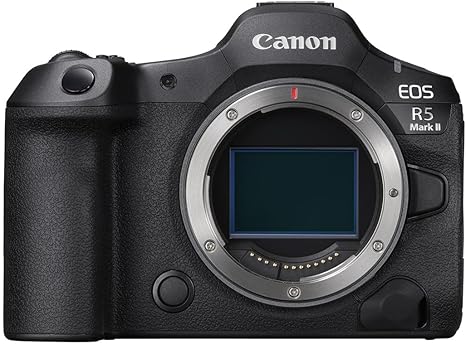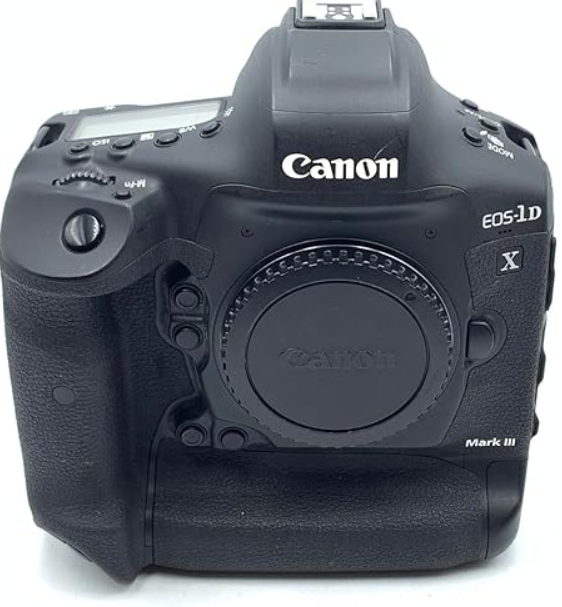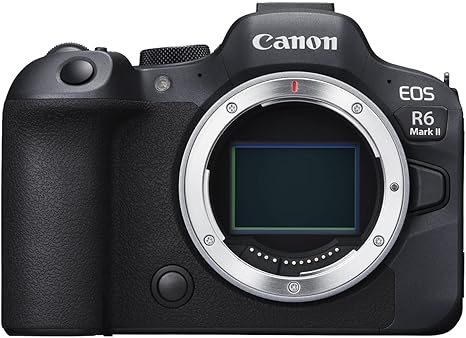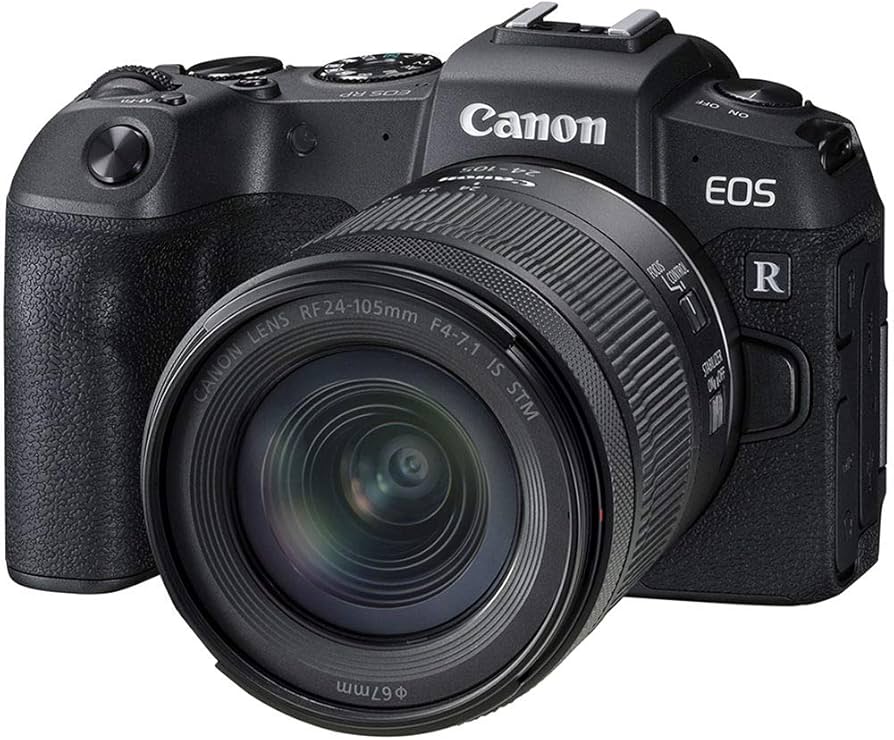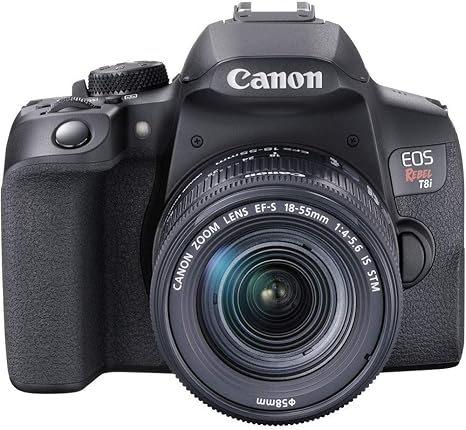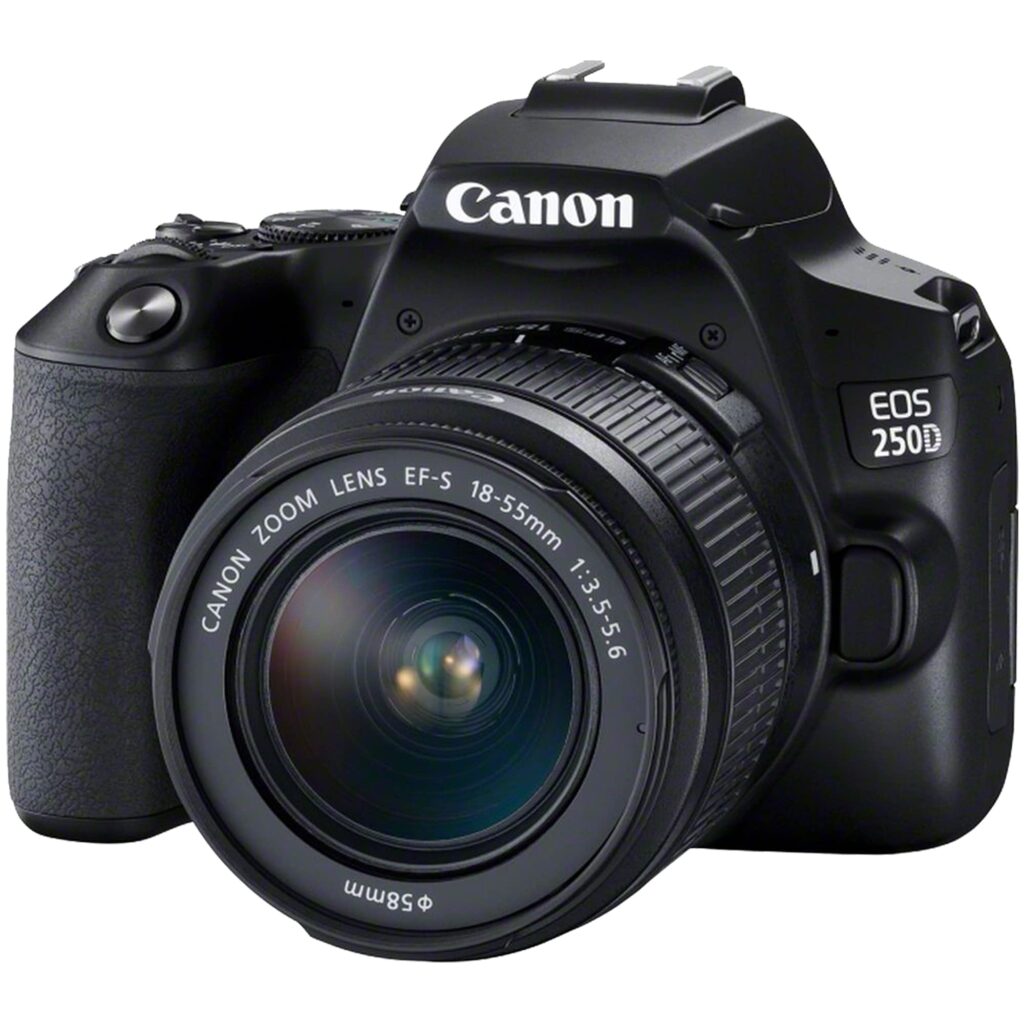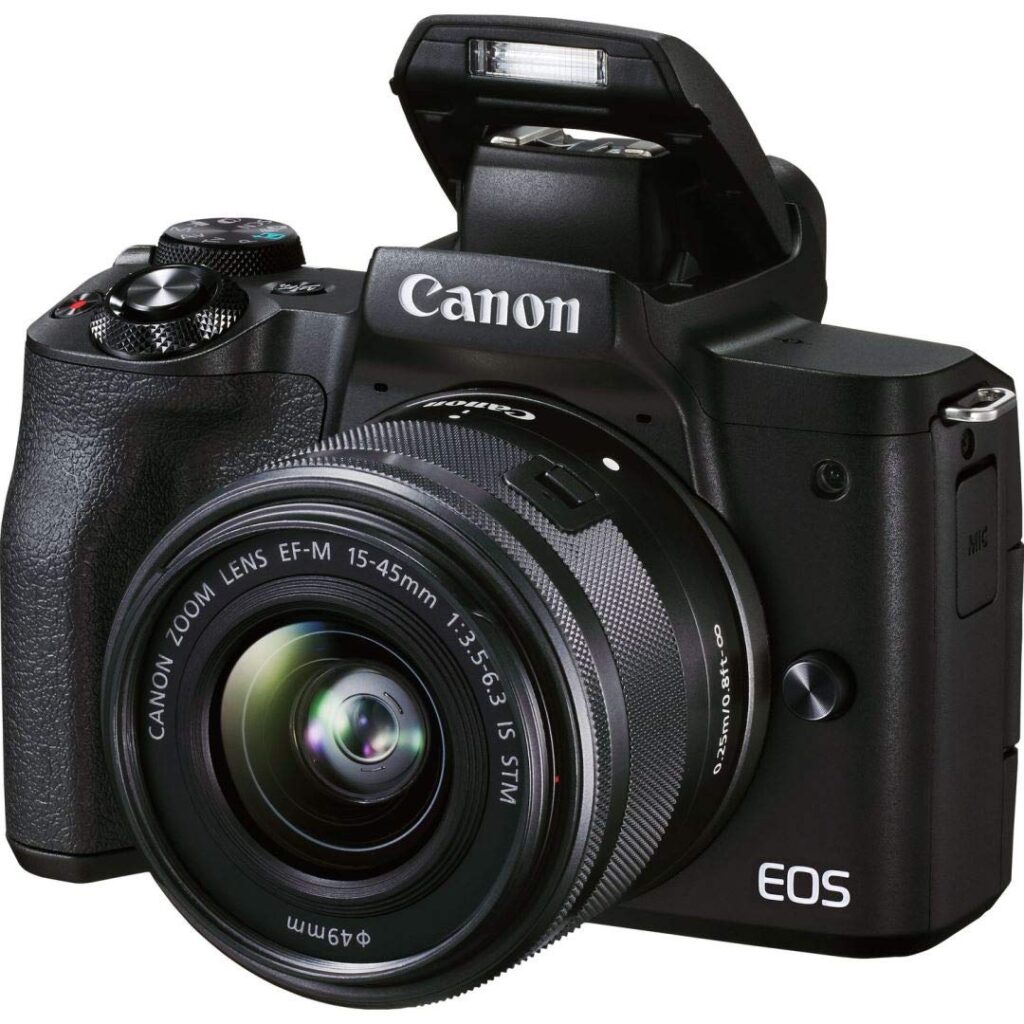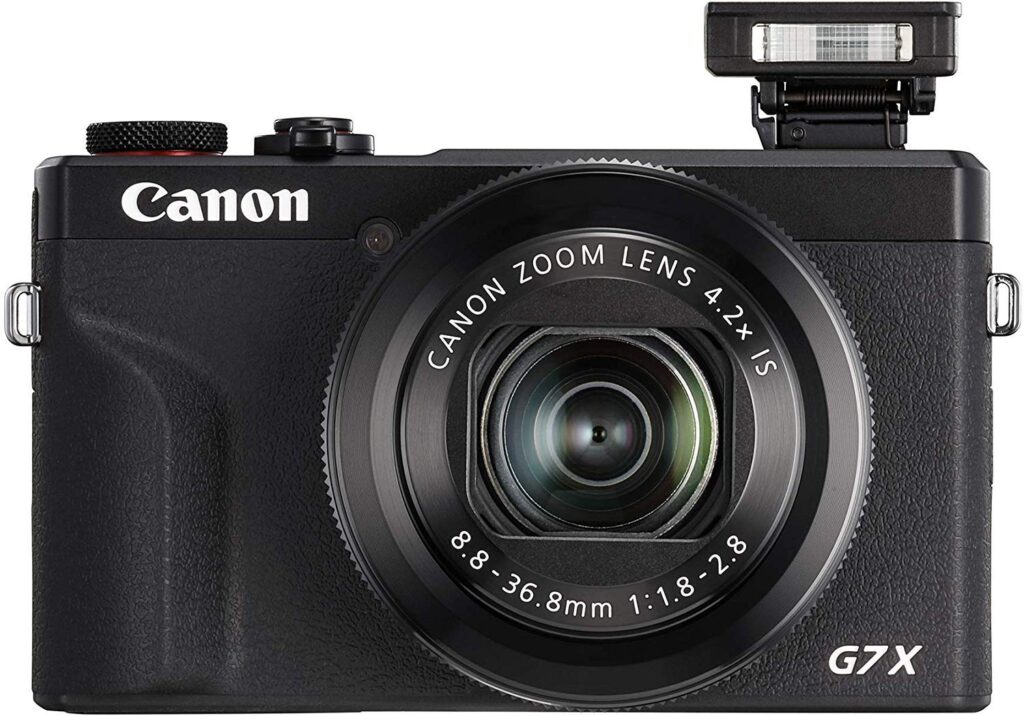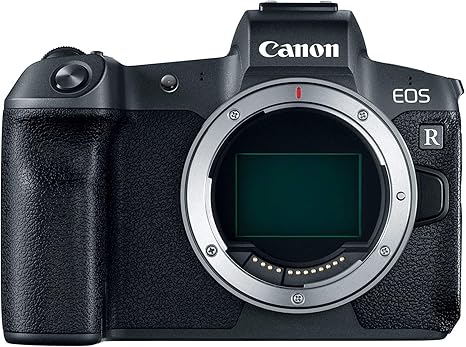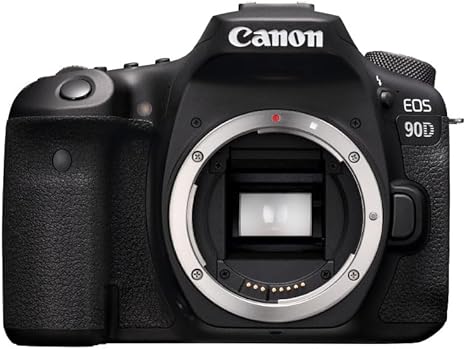Have you ever noticed how the right camera seems to transform not only your photos, but your entire creative experience? As we move deeper into 2025, Canon continues to innovate their lineup, creating cameras that blend cutting-edge technology with the reliability photographers have trusted for decades. Whether you’re capturing once-in-a-lifetime wedding instant or exploring breathtaking landscapes, finding the perfect Canon camera can elevate your photography to new heights.
With so many options available, choosing the right Canon camera might feel overwhelming—but don’t worry, we’ve got you covered! Whether you’re a seasoned pro or only starting to get wedding photography clients, investing in the right gear can make all the difference in capturing those once-in-a-lifetime memories. If you’re searching for the best wedding photography cameras, we’ve rounded up top recommendations to help you decide. But having the perfect camera is only part of the equation—understanding how to capture meaningful getting ready photos and adapting to unexpected challenges, like rainy-day weddings, will set you apart and keep your clients raving about your work!
Table of Contents
Find The Best Canon Cameras for Your Photography Business
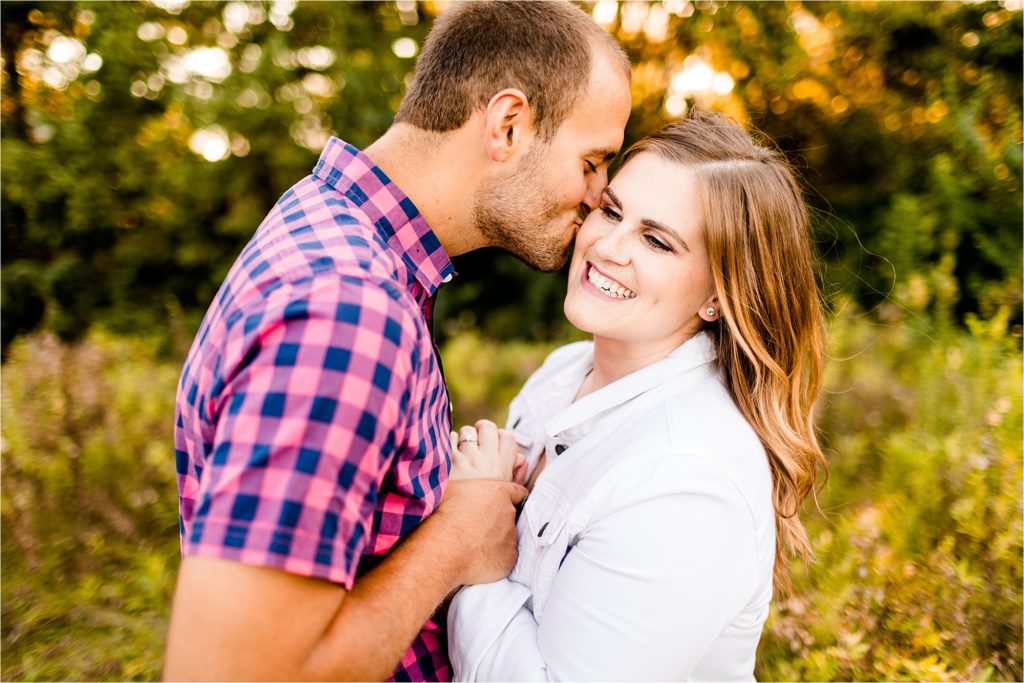
Starting or upgrading a photography business means choosing the right camera—your most important tool! But the best Canon camera for photography isn’t one-size-fits-all. It depends entirely on your shooting style, the type of work you do, and the creative vision you bring to your clients!
Understanding Canon Camera Types: DSLR vs Mirrorless vs Compact
To find the best Canon camera for your needs, it helps to understand the key differences between camera types. Canon offers three main categories, each designed for different photography styles!
One of the biggest debates? DSLR vs. mirrorless. DSLRs offer optical viewfinders and longer battery life, making them reliable workhorses. Mirrorless cameras, on the other hand, deliver more compact bodies and cutting-edge video capabilities—perfect for hybrid shooters! This core difference affects how you shoot and how you interact with your subjects.
Then, there are compact cameras—Canon’s most portable option! These are great for photographers who need a lightweight system without compromising on image quality. While they don’t provide the same level of manual control as their larger counterparts, today’s premium compact models deliver incredible results in a pocket-sized package!
Advantages and Disadvantages of Each Type
If you’re wondering, What Canon camera should I buy? consider the strengths and tradeoffs of each option!
Compact cameras win in the portability department, offering user-friendly controls and an ultra-lightweight design! They’re fantastic for travel and casual shooting, but their fixed lenses and smaller sensors can struggle in low light or highly specialized scenarios.
DSLRs are known for their durability and optical viewfinders, which let you see exactly what you’re capturing without digital interpretation! Their extended battery life is a lifesaver for wedding photographers and event shooters who need to go all day without swapping batteries. The downside? Their size can feel bulky, especially during long shoots or travel-heavy assignments.
Mirrorless cameras have transformed the industry with their lightweight design and electronic viewfinders, which let you preview exposure and white balance in real time! They also boast faster autofocus and outstanding video features, making them ideal for hybrid creators. The tradeoff? Shorter battery life and an adjustment period for those switching from optical viewfinders.
Choosing the Right Type for Your Needs
Finding the best Canon cameras for photography comes down to matching your needs with the right tool!
- If you love the classic DSLR feel, work in controlled environments, and value long battery life, Canon’s DSLR lineup remains a fantastic choice! Professionals still swear by their reliability and exceptional image quality.
- If you balance still photography with video or need a lightweight system for travel, mirrorless cameras offer unbeatable versatility without sacrificing professional results. Plus, their electronic viewfinders can actually enhance certain types of shooting!
- If portability is your top priority, Canon’s premium compact cameras deliver impressive results in a fraction of the size! Many professionals even keep one as a backup for on-the-go shooting.
The best Canon camera for photography depends on the work you do! A wedding photographer has different needs than a landscape or street photographer. Understanding these core differences make sure you’ll make the perfect choice for your photography business in 2025!
Top Canon Cameras by Photography Style
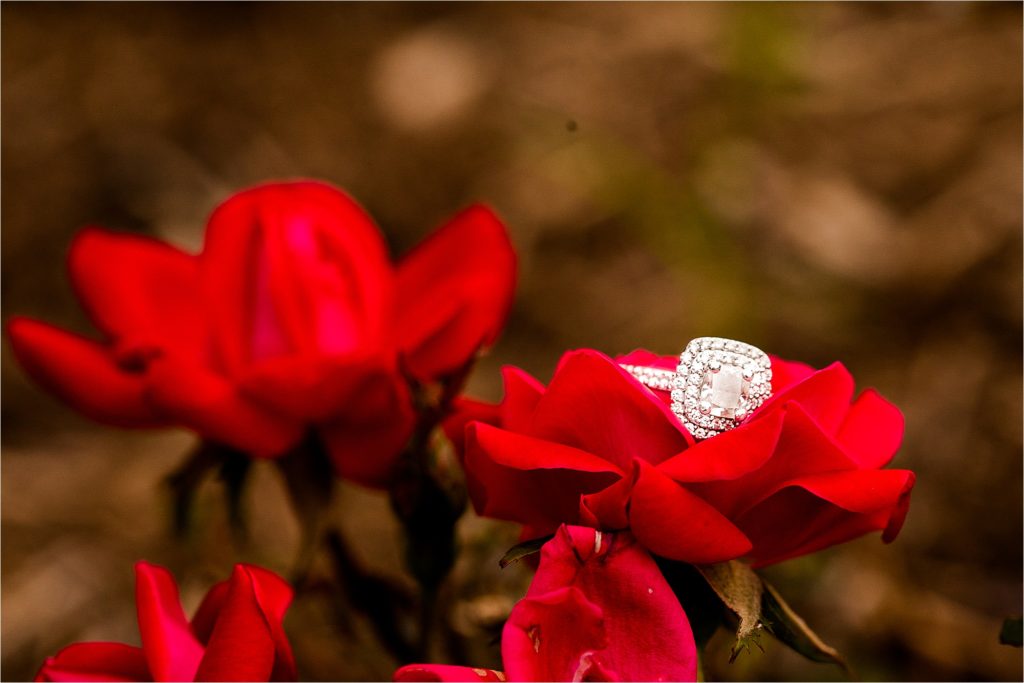
Canon has built specialized cameras that excel in different photography niches! Whether you’re freezing fast-paced action, crafting polished studio portraits, or capturing great landscapes, there’s a model designed for your style.
Best Canon Cameras for Professional Photography
Professional work demands gear that delivers exceptional quality and reliability under pressure! When clients are investing in your expertise, your camera should feel like an extension of your creativity—powerful, adaptable, and ready to perform in any situation!
Canon EOS R5: The Overall Best for Professionals
The Canon EOS R5 is widely considered the best Canon camera for professional photography across multiple genres! Its 45-megapixel full-frame sensor captures incredible detail and dynamic range, giving photographers immense flexibility in post-processing.
What truly sets the R5 apart? Its next-level autofocus system! This camera tracks eyes (human, animal, and bird) with remarkable accuracy—even when subjects are in motion. For wedding photographers who need to capture expressions with perfect focus, this feature is a game-changer!
Its in-body image stabilization provides up to 8 stops of shake compensation, allowing for crisp handheld shots even in low light. If you frequently shoot in dimly lit venues or rely on golden-hour magic, this camera will elevate your portfolio in ways you didn’t think possible!
Canon EOS-1D X Mark III: Ideal for Sports and Fast Action
For photographers specializing in sports, wildlife, or any fast-paced environment, the Canon EOS-1D X Mark III is the ultimate tool! This flagship DSLR delivers an astounding 20 frames per second in live view mode (16 fps through the optical viewfinder), making it the best Canon camera for wildlife photography when every millisecond counts.
The 1D X Mark III’s rugged, weather-sealed body is built to withstand extreme conditions—whether you’re tracking animals in the wild, covering a championship game in pouring rain, or shooting high-speed motorsports. With unmatched durability and exceptional battery life, it’s designed for photographers who can’t afford to miss a shot!
Its advanced subject tracking uses deep-learning algorithms to maintain razor-sharp focus on unpredictable movement. Wildlife photographers praise its ability to lock onto birds in flight or animals weaving through dense foliage—making it a top choice for those searching for the best Canon for wildlife photography.
Best Canon Cameras for Enthusiasts and Hobbyists
Enthusiast photographers need gear that grows with their skills—powerful enough to capture professional-level images without overwhelming them with unnecessary complexity or a sky-high price tag!
Canon EOS R6 II: Balancing Performance and Versatility
The Canon EOS R6 II is a dream for serious enthusiasts who want pro-level performance in a more accessible package! It brings many of the R5’s standout features—like advanced autofocus and built-in stabilization—while focusing on exceptional low-light capabilities with its 24.2-megapixel sensor.
If wildlife photography is your passion, the R6 II might be the best Canon camera for wildlife in challenging lighting conditions! Its ability to shoot clean, sharp images at high ISO settings makes it ideal for capturing animals at dawn or dusk—when they’re most active.
Other highlights? Dual card slots provide extra security for important shoots, and the comfortable grip with intuitive controls makes long shooting sessions a breeze! This camera grows with you, offering professional-level tools without the steep learning curve.
Canon EOS RP: Affordable Full-Frame Entry
The Canon EOS RP brings full-frame photography to a price point that’s usually reserved for crop-sensor cameras! If you’re looking for the best Canon camera for an amateur photographer, this is a fantastic entry into the world of full-frame sensors—offering improved low-light performance and that beautiful, natural background blur pros love.
Despite its budget-friendly design, the RP doesn’t cut corners on image quality! Its 26.2-megapixel sensor delivers rich detail and vibrant color, while the lightweight 485g body makes it a perfect travel companion.
The simplified control layout helps make the transition to full-frame smooth and stress-free! Whether you’re upgrading from an entry-level DSLR or switching from a smartphone, this camera feels intuitive right out of the box.
Best Canon Cameras for Beginners
Starting your photography journey? You need a camera that’s easy to use yet powerful enough to grow with your skills! Canon’s beginner-friendly models offer a perfect balance of accessibility and creative potential.
Canon EOS Rebel T8i: Intuitive and Efficient
The Canon EOS Rebel T8i (also known as the 850D outside North America) keeps Canon’s tradition of making beginner-friendly DSLRs that still pack serious performance! With its guided menu system, this camera actually teaches photography concepts as you shoot—helping new photographers master exposure, composition, and creative techniques!
But don’t let the “beginner” label fool you! The T8i features a 24.1-megapixel APS-C sensor that delivers crisp, vibrant images. Its 45-point autofocus system handles everything from portraits to light action photography, giving you room to explore different styles!
Other great features? The fully articulating touchscreen makes capturing unique angles effortless, and built-in Wi-Fi and Bluetooth let you share images instantly—perfect for those documenting everyday adventures or building a social media portfolio!
Canon EOS 250D: Portable and User-Friendly
As the world’s lightest DSLR with a flip-out screen, the Canon EOS 250D (also known as the Rebel SL3) proves that beginner cameras can be portable, fun, and incredibly capable! Its compact size makes it easy to bring along everywhere, helping new photographers build confidence by shooting more often.
The 24.1-megapixel sensor and DIGIC 8 processor work together to deliver great image quality and 4K video, making this an excellent all-around starter camera! Plus, Creative Assist mode allows beginners to experiment with settings and achieve their desired look—without needing to understand complex technical terms right away.
One of its biggest perks? Battery life! The 250D delivers approximately 1,070 shots per charge, far outlasting similarly priced mirrorless cameras. That means fewer interruptions and more time capturing memories during family trips, events, and everyday adventures!
Canon Cameras for Special Use-Cases
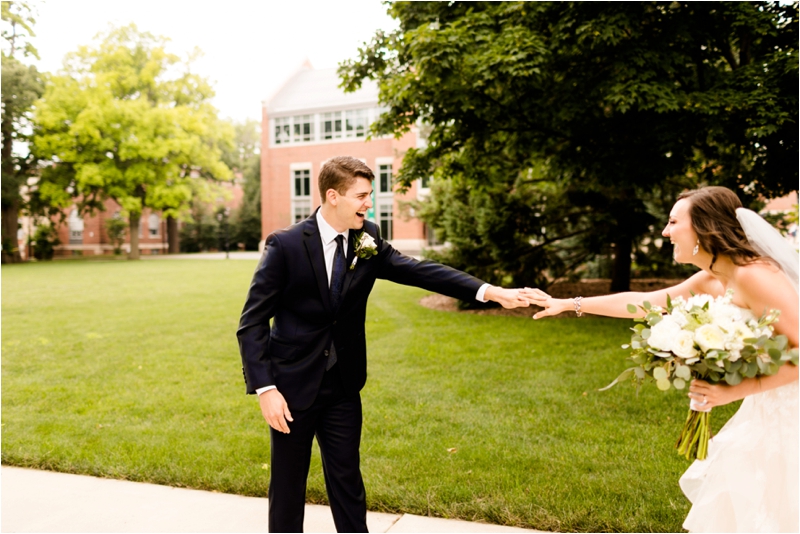
Some photographers need more than a great all-around camera—they need one built for a specific job! Whether you’re creating video content, capturing breathtaking landscapes, or documenting your travels, Canon offers purpose-built cameras that excel in niche shooting scenarios.
Best Canon Cameras for Vlogging and Content Creation
Content creation has evolved, demanding cameras that deliver both great stills and high-quality video while remaining lightweight for everyday use. Canon has stepped up with models designed specifically for creators who want top-tier results across multiple platforms!
Canon EOS M50 Mark II: Compact and Feature-Packed
The Canon EOS M50 Mark II has earned its spot as a go-to camera for vloggers and content creators! It’s compact enough for handheld shooting without fatigue, and its fully articulating touchscreen makes it easy to frame yourself while recording—perfect for self-shot videos!
One of its biggest strengths? Dual Pixel Autofocus with eye detection! This keeps you tack-sharp even when moving around the frame, making your videos look polished and professional. Plus, with a microphone input, you can capture crystal-clear audio—no more echoey, built-in mic sound!
Creators also love its direct streaming capabilities to YouTube via Wi-Fi, allowing for spontaneous live sessions without the hassle of extra gear. And with its 24.1MP APS-C sensor, your video thumbnails and Instagram stills will be only as sharp as your footage!
Canon PowerShot G7 X Mark III: Portability and Quality
For content creators who prioritize ultimate portability, the PowerShot G7 X Mark III delivers professional-quality video in a pocket-sized design!
This premium compact camera shoots uncropped 4K video and features a 20.1MP 1-inch sensor that handles changing lighting conditions beautifully.
The real game-changer? Built-in YouTube live streaming! You can connect directly with your audience without needing a computer or extra equipment. The flip-up screen makes selfie-style recording effortless, while the built-in ND filter make sure smooth exposure control—even in bright outdoor settings!
Despite its small size, Canon included a microphone input, which is rare for compact cameras! Add in the versatile 24-100mm zoom range, and you’ve got a vlogging setup that’s lightweight, powerful, and ready for any creative project!
Best Canon Cameras for Travel and Landscape Photography
Travel and landscape photography demand high-quality images, durability, and portability—all in a camera that won’t weigh you down on your adventures! Whether you’re hiking mountain trails or capturing cityscapes, these Canon models deliver.
Canon EOS R: Lightweight Full-Frame Option
The Canon EOS R brings full-frame image quality in a lightweight design, making it an excellent choice for photographers who need to travel light without sacrificing detail!
Its 30.3MP sensor captures breathtaking landscapes with great dynamic range, ensuring you retain shadow and highlight detail—even in challenging sunrise or sunset conditions. Plus, the weather-sealed body gives peace of mind when shooting in unpredictable environments, from sandy deserts to misty coastlines!
What makes the EOS R stand out as a top travel camera? Its adaptability! The RF lens mount is compatible with both native RF lenses and Canon’s vast EF lens lineup via an adapter, allowing travelers to pack the perfect lenses without starting a whole new collection!
Other highlights? The silent shooting mode lets you capture serene landscapes without disturbing your surroundings, and the low-light autofocus locks onto subjects even in near darkness—ideal for blue hour or astrophotography!
Canon EOS 90D: High Resolution and Durability
For those who love the feel of a DSLR, the Canon EOS 90D offers high resolution, long battery life, and rugged durability—all key features for travel and landscape photography!
With its 32.5MP APS-C sensor, this camera delivers incredibly sharp images while keeping telephoto lenses compact—a huge advantage when packing for extended trips.
Where the 90D really shines? Battery life! It captures around 1,300 shots per charge, three times more than most mirrorless cameras—meaning less stress over finding power sources while exploring remote locations!
Other perks for travel shooters?
✔ Weather-sealing protects against dust and moisture!
✔ Optical viewfinder lets you frame shots without battery-draining electronic displays!
✔ Fully articulating screen helps with low-angle landscape shots without lying in the dirt!
For photographers who also capture wildlife on their travels, the 10fps burst mode and 45-point autofocus system make sure you never miss a encounter! And if a location calls for video, 4K recording means you can capture motion as beautifully as stills!
How to Choose the Best Canon Camera for Your Needs
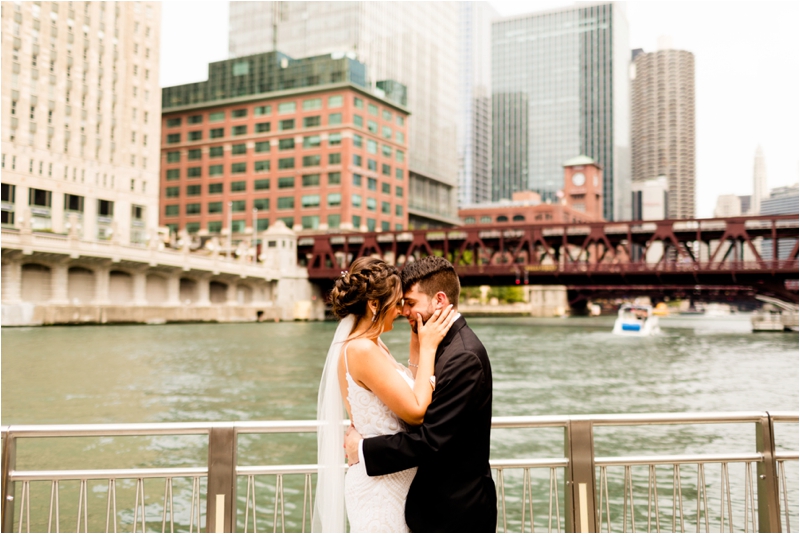
With so many impressive Canon models available in 2025, choosing the right one can feel overwhelming! The best Canon camera for you isn’t necessarily the priciest or most feature-packed—it’s the one that fits your photography style, workflow, and future goals! Whether you’re a beginner, an enthusiast, or a seasoned pro, finding the perfect match means focusing on what truly enhances your creativity and makes shooting effortless!
Key Features to Consider: Sensor Size, Megapixels, and More
When diving into a DSLR camera buying guide, the first thing to consider is sensor size! Canon offers full-frame, APS-C, and other sensor options, with larger sensors generally excelling in low-light conditions and capturing finer details—though they do come at a higher price. Full-frame sensors deliver top-tier image quality and low-light performance, but they also mean bulkier lenses and a premium price tag!
Megapixel count often gets a lot of hype in marketing, but its importance depends on your needs. More megapixels allow for larger prints and greater cropping flexibility, but they aren’t always a must-have for every photographer! Portrait and landscape photographers who need intricate detail for large prints might gravitate toward options like the EOS R5 with its 45MP sensor. Meanwhile, event photographers may prefer a lower megapixel count for better low-light capabilities and faster performance.
Autofocus capability has become increasingly sophisticated in recent Canon models. Fast, accurate autofocus is crucial for many types of photography, with Canon’s Dual Pixel AF technology recognized as industry-leading. When comparing models in a canon camera comparison, pay special attention to autofocus points, tracking capabilities, and low-light focusing performance.
Image stabilization technology has evolved significantly, with in-body image stabilization (IBIS) now available in many Canon models. This feature is especially important for photographers who frequently shoot in challenging lighting conditions or with longer lenses. The stabilization rating (measured in stops) indicates how much camera shake the system can compensate for.
Weather sealing is important for outdoor and travel photographers who may encounter harsh conditions. Professional models like the EOS R3 and 1DX Mark III offer superior protection against dust and moisture, while entry-level cameras generally provide minimal sealing.
Battery life varies dramatically between models, with DSLRs typically outperforming mirrorless cameras. Longer battery life means less worry about running out of power during critical shooting instant. Consider how many shots you typically take during a session and whether carrying spare batteries would be problematic.
Understanding the Importance of Lens Compatibility
One of the biggest factors in selecting a Canon camera is the available lens ecosystem! The choice between EF and RF mounts plays a significant role, as it impacts both your budget and long-term flexibility. Canon’s RF lenses deliver top-tier optical performance with cutting-edge technology, but they come at a higher price. Meanwhile, the extensive EF lineup offers a vast range of options, often at a better value—especially when considering the secondhand market.
When comparing Canon cameras, it’s important to think beyond only the body. A camera with impressive specs but limited lens choices may end up being less versatile than one with slightly lower specs but access to a wider selection of high-quality, affordable lenses! If you’re upgrading from an older Canon system, EF to RF adapters provide a smooth transition, letting you use existing EF glass on RF-mount bodies. Some adapters even offer added functionality, like a control ring or drop-in filters, making them a practical investment.
Your photography style should also guide your lens decisions! Portrait photographers often prioritize fast prime lenses, while wildlife and sports photographers need long telephoto options with quick autofocus. Landscape photographers benefit from wide-angle lenses with minimal distortion, ensuring they can capture sweeping vistas in great detail.
The Role of Budget: Finding the Best Value for Money
When searching for the best Canon camera prices, don’t forget that the most expensive model isn’t always the best fit. Canon offers everything from budget-friendly beginner cameras to professional-grade powerhouses, with pricing that reflects features, durability, and performance.
Value looks different for every photographer! Professionals who rely on their gear for work often justify investing in high-performance, rugged models built to handle demanding shoots. Enthusiasts, on the other hand, may get better value from cameras that enhance creativity rather than prioritizing professional durability.
Think about long-term costs beyond the initial purchase. Professional cameras tend to hold their value longer, while entry-level models may need replacing sooner as technology evolves. Lenses, memory cards, extra batteries, and accessories also add to the overall cost—so factoring these into your budget is important.
Timing your purchase can make a big difference! When new models launch, previous-generation cameras often see significant price drops, offering nearly the same features at a much lower cost. Keeping an eye on seasonal sales and comparing prices across retailers can help you land a great deal. Another budget-friendly option? Canon’s official refurbished program—a fantastic way to get like-new gear with factory warranties at a reduced price!
FAQs and Expert Tips on Buying a Canon Camera
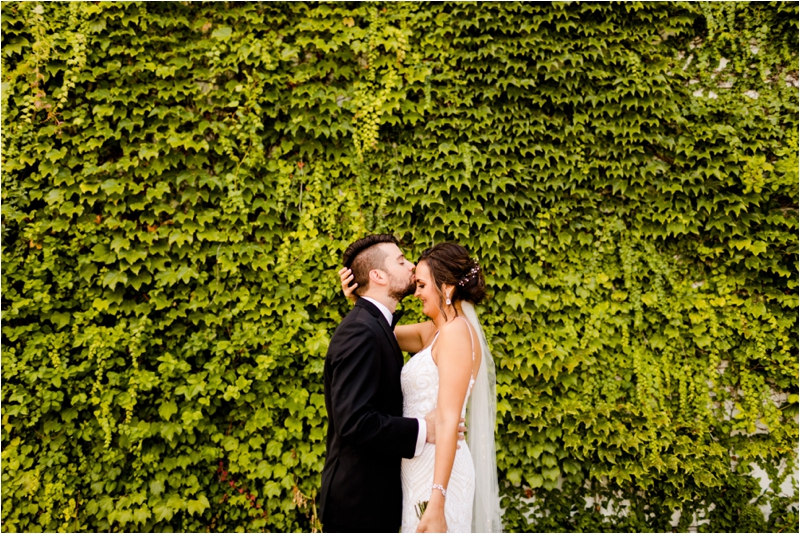
As you narrow down your choices, you might still have questions about specific models, features, and the best way to invest in your gear! Below, we’ll tackle the most common questions photographers ask when shopping for Canon cameras and share expert tips to help you make the best decision for your photography journey.
Common Questions When Buying a Camera
Is a Mirrorless Camera Better Than a DSLR?
This debate continues among photographers in 2025, and the truth is—it all depends on your needs! Mirrorless cameras offer advantages in size, weight, and cutting-edge features, while DSLRs remain known for reliability and longer battery life.
For beginners wondering what the best Canon camera for beginners might be, mirrorless options like the EOS R10 or EOS RP provide intuitive interfaces with electronic viewfinders that show real-time exposure changes. This “what you see is what you get” experience speeds up the learning process, making it easier to grasp photography fundamentals.
On the other hand, DSLRs like the Rebel T8i offer exceptional battery life—often lasting 2–3 times longer than comparable mirrorless models! Many photographers also prefer the clarity and zero-lag experience of an optical viewfinder, along with the comfortable grip that DSLRs tend to provide.
The gap between these two technologies continues to shrink. Mirrorless cameras are improving their battery efficiency, while DSLRs have introduced better live view capabilities! Instead of focusing on which is “better,” consider which features align best with your photography style.
Which Canon Camera is Best for Video?
If you’re searching for the best Canon camera for photography and video, the EOS R5 leads the pack with 8K RAW recording and 4K up to 120fps—a big deal for professionals who need serious post-production flexibility.
However, for a balance of features and affordability, the EOS R6 Mark II is an outstanding choice! It offers 4K at 60fps, unlimited recording time (cooling-dependent), and impressive autofocus performance. With a full-frame sensor, it delivers great depth of field and low-light capabilities, all without the overheating concerns of the R5.
For vloggers and mobile content creators, the PowerShot G7 X Mark III is a compact yet powerful option! It can stream directly to YouTube and includes a microphone input—something rarely found in pocket-sized cameras.
If you’re building a hybrid photography/videography setup, prioritize features like fully articulating screens, headphone and microphone jacks, and 10-bit color recording. These dramatically improve both capture and monitoring capabilities, making a huge difference for serious video work!
Should You Buy a New or Refurbished Camera?
Canon’s official refurbished program is a fantastic way to save money without sacrificing quality! These cameras undergo rigorous testing—often more thorough than standard production units—and come with warranties similar to new models, usually one year. Savings typically range from 15–30%, which could be the difference between an entry-level model and a more advanced camera.
When considering refurbished gear:
✔ Buy from a trusted source—Canon’s official store is the safest bet.
✔ Check the shutter count if possible to gauge usage.
✔ Confirm the warranty terms to make sure coverage.
For photographers who frequently upgrade, refurbished gear helps cut long-term costs while freeing up budget for high-quality lenses—which retain value and performance far longer than camera bodies!
Tips for Getting the Most Out of Your Canon Camera
Once you’ve picked from the top Canon cameras for photography, these expert tips will help you maximize performance from day one:
- Master Back-Button Focusing – Separating focus from the shutter button gives you more control over when the camera locks focus. Assign the AF-ON button for focusing while the shutter button only captures images!
- Shoot in RAW – RAW files contain significantly more data than JPEGs, allowing for better shadow recovery, highlight control, and white balance adjustments. Storage is more affordable than ever, so the benefits far outweigh the larger file sizes!
- Customize the Q (Quick Control) Menu – Set your most-used settings for one-touch access instead of diving into menus. Prioritize options like ISO, drive mode, and focusing settings for faster adjustments in the field.
- Enable Highlight Alerts (“Blinkies”) – This helps instantly identify overexposed areas so you can adjust exposure settings before losing critical details.
- Use AI Servo AF for Moving Subjects – In newer models, it’s called Continuous AF. When paired with back-button focus, you can track fast-moving subjects while controlling exactly when to capture the shot!
- Take Advantage of Canon’s Wireless Features – The Canon Connect app lets you shoot remotely, transfer images, and even update firmware—perfect for self-portraits, tough shooting angles, or quick social media sharing!
- Experiment with Custom Picture Styles – While RAW gives full editing control, tweaking your in-camera settings for color, contrast, and sharpness can save time in post-processing and help develop a signature style.
- Invest in Versatile Lenses First – A great lens makes more impact on image quality than upgrading your camera body! Start with workhorse options like a 24-70mm f/2.8 or 50mm f/1.8, then expand based on your photography needs.
- Keep Your Camera Maintained – Regular sensor cleanings and maintenance make sure consistent performance and extend your camera’s lifespan. Dust buildup can degrade image quality, so keeping it clean is important!
By focusing on practical features that match your needs—rather than chasing the latest specs—you’ll capture better images and get the most from your Canon camera, no matter which model you choose!
Affiliate Disclosure: Some links in this post are affiliate links, meaning we may earn a commission if you make a purchase through our links, at no extra cost to you. As wedding photographers ourselves, we only recommend gear we’ve thoroughly researched or would use in our own business. Your support helps us continue creating valuable content for the photography community.
